
Travel Smarter: 9 Tips for Packing Luggage Better
Hate paying for the check-in luggage fee while flying? Slim down your bulky suitcase to a carry-on luggage size and use the following tips below to lighten your load without lightening your wallet.


Hate paying for the check-in luggage fee while flying? Slim down your bulky suitcase to a carry-on luggage size and use the following tips below to lighten your load without lightening your wallet.

There are many advantages to knowing how to speak in foreign languages, whether it's for traveling, business, or simply for the pleasure of getting to know a culture that is completely different from your own.

Hello people. To join our server you need to apply here. Write you like this:
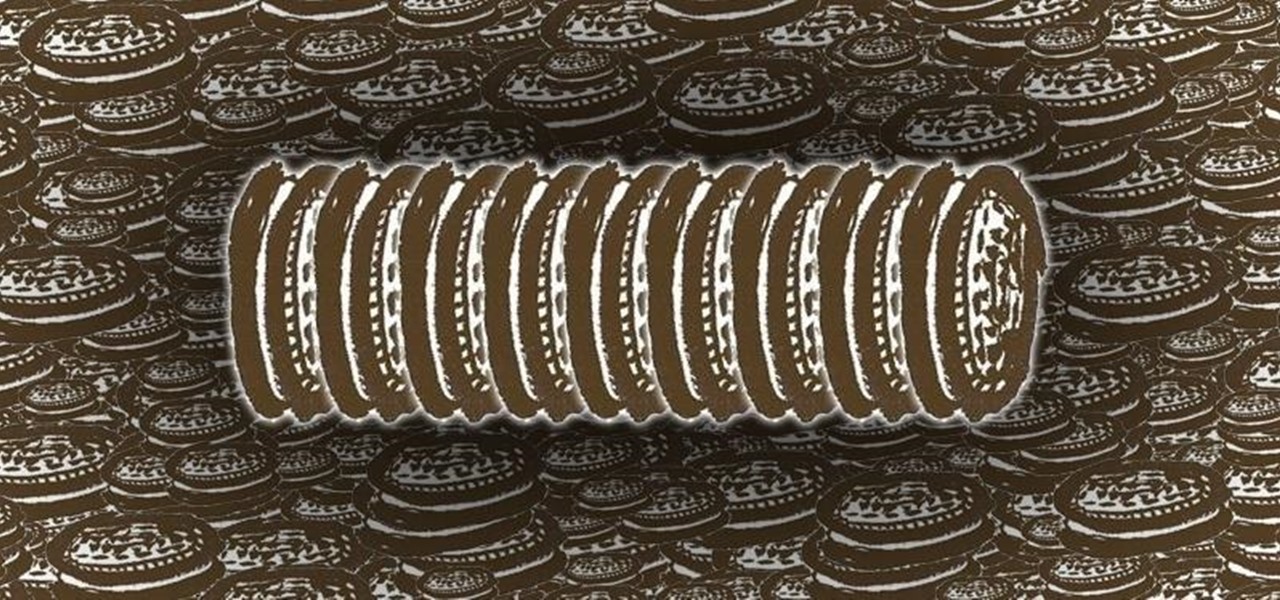
Bored of eating Oreo cookies on their own? Stick a jumbo marshmallow and a Hershey square in-between the cookies and melt in the microwave to make Oreo s'mores. For a savory-sweet snack, crush them into small pieces and mix with a bag of freshly popped popcorn.
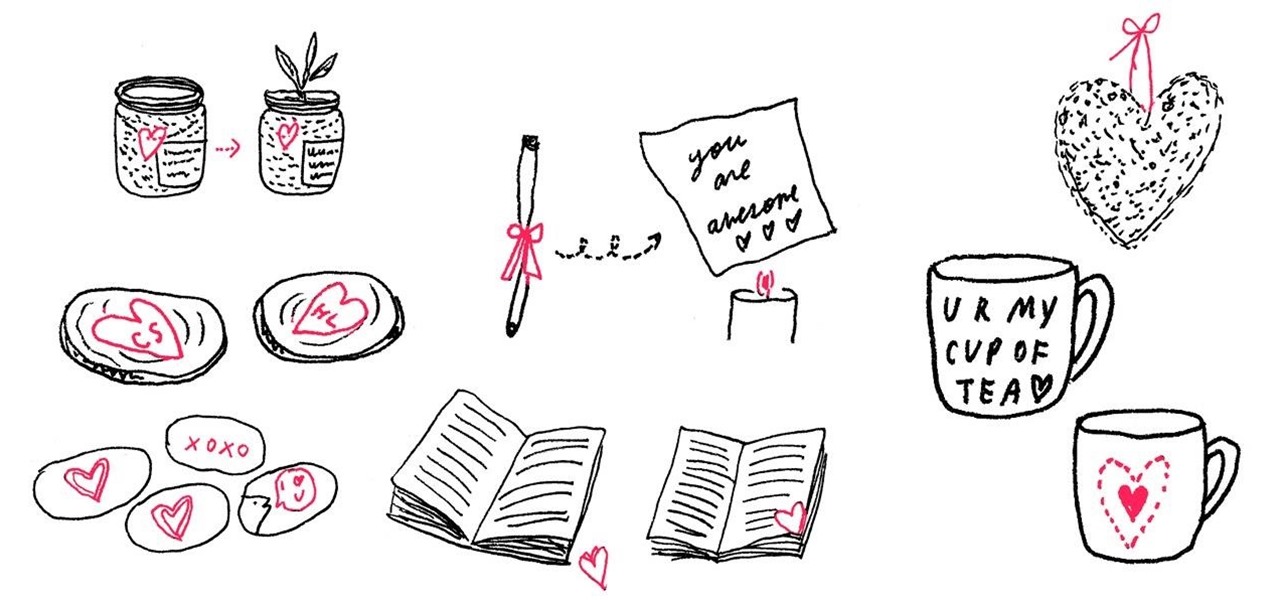
Tell the awesome person in your life how much you love him or her by writing a secret Valentine's Day message in invisible ink, which can then only be revealed by heating the paper over a flame or a hot light bulb.

You may have enjoyed Nutella-covered toast or Nutella-covered banana slices in the past, but you haven't really enjoyed the full potential of Nutella's hazel-nutty, chocolatey goodness until 've had Nutella-covered bacon for breakfast.
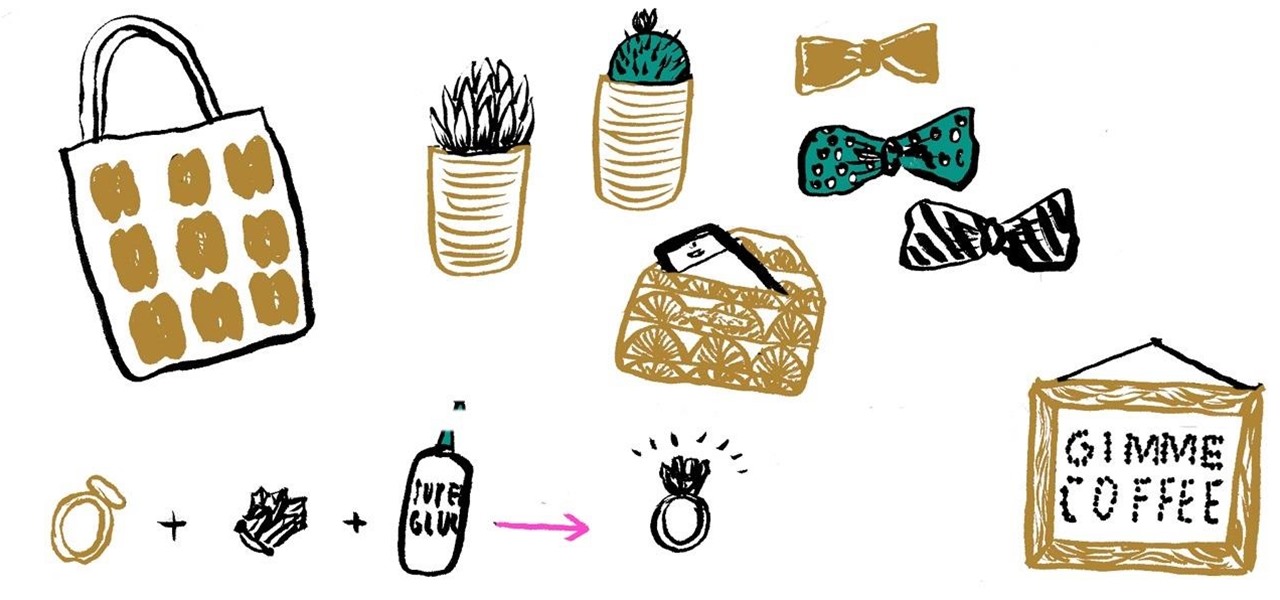
Last year and the year before that, I gave some suggestions on DIY holiday gifts that you could make for family and friends, and this year, I wanted to follow up with even more Christmas gift ideas.

Hi, WonderHowTo!
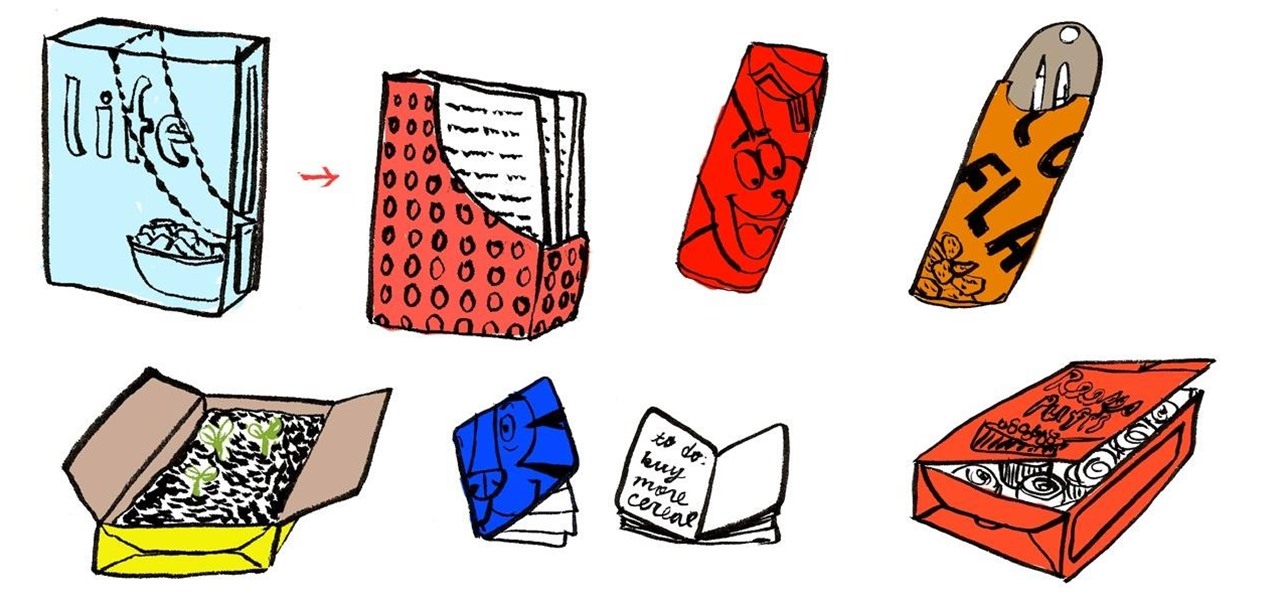
Here is more reason to eat cereal for breakfast. Once you have an empty cereal box on hand, you can use it as a DIY magazine organizer, emergency cupcake transport, cutting mat for arts and crafts, DIY holiday gift box and more.
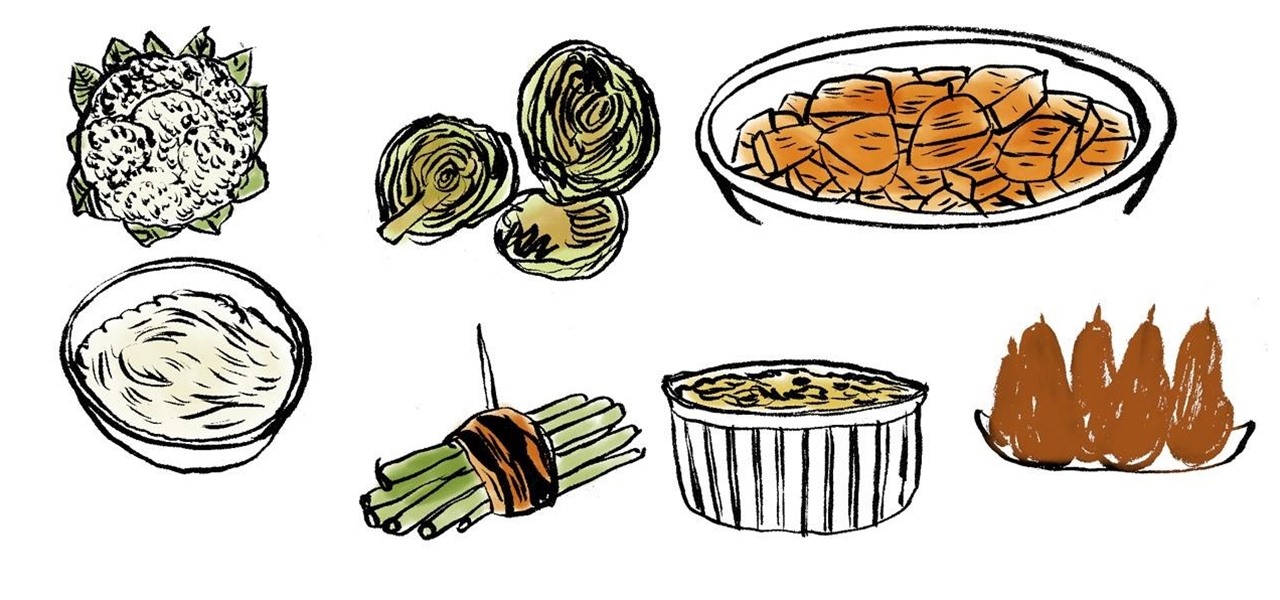
If you love the creamy flavor of mashed potatoes, but need a healthier option to appease your health-conscious relatives this Thanksgiving, try making mashed cauliflower, mashed celery root, or mashed carrots and parsnips using a food processor and seasonings of your choice.

Thanksgiving is just around the corner, but there's no need to spend a lot of time or money on a fancy centerpiece for the dinner table.

Feeling like you're trapped in a creative rut? Try painting the walls of your room blue and dimming the lights. Studies have shown that blue-colored walls and dim lighting are conducive for creating a creatively stimulating environment.

Love carving jack-o'-lanterns but hate dealing with all the gunky pumpkin seeds afterward? There are plenty of no-carve ways to decorate a pumpkin for Halloween, but what if you're sick of the orange pumpkin aesthetic and still want to get your hands dirty carving something?

Even if you never plan on visiting a golf course for the rest of your life, it's still a good idea to have a few golf tees lying around the house. You never know when you might need to replace a small cap, stake a picnic blanket to the ground on a windy day, and (assuming that they are clean and new) hold a thick sandwich together.
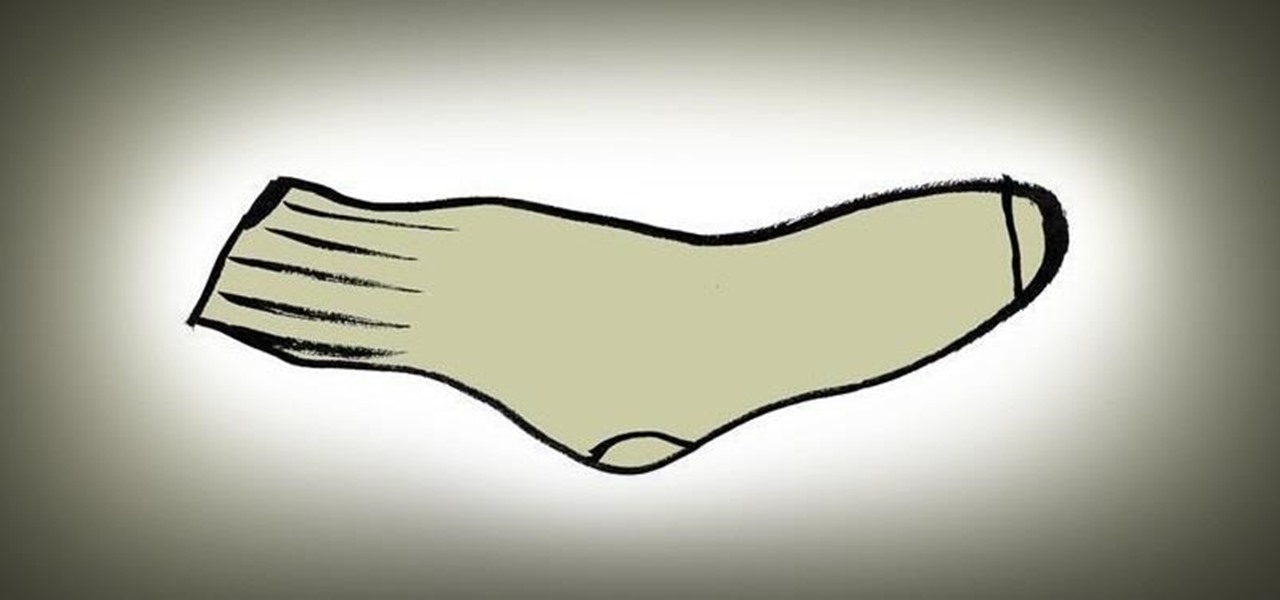
Need to give yourself a super-cheap back massage? Place a few tennis balls inside a long sock, tie the end, and place the sock on the floor. Then, lie down and roll your back against the sock to relieve your sore back muscles.

If your love for Chinese takeout has left you with a pile of unused disposable chopsticks in your kitchen drawer, then you're in luck. In addition to being a very versatile eating utensil for pretty much any cuisine, chopsticks also come in handy for eating Cheetos without getting cheesy dust all over your fingers, pitting cherries, skewering food, stirring drinks, cleaning out dirt from hard-to-reach spaces, and more.
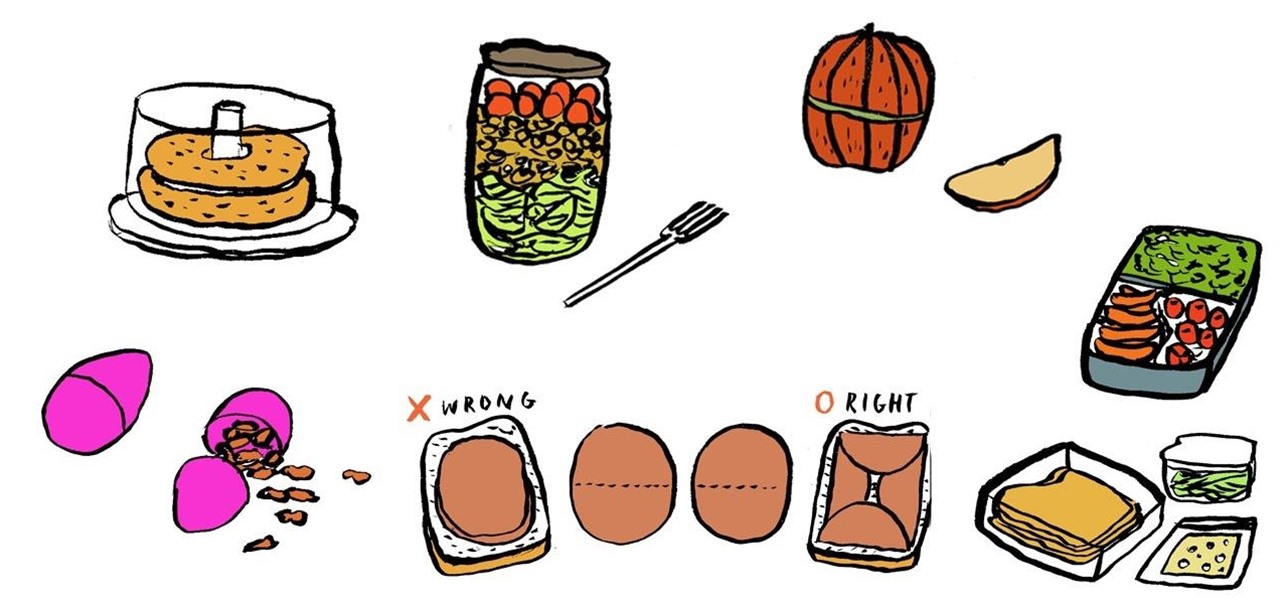
Bringing your lunch to work doesn't always have to involve boring brown paper bags and plastic ziplocks.
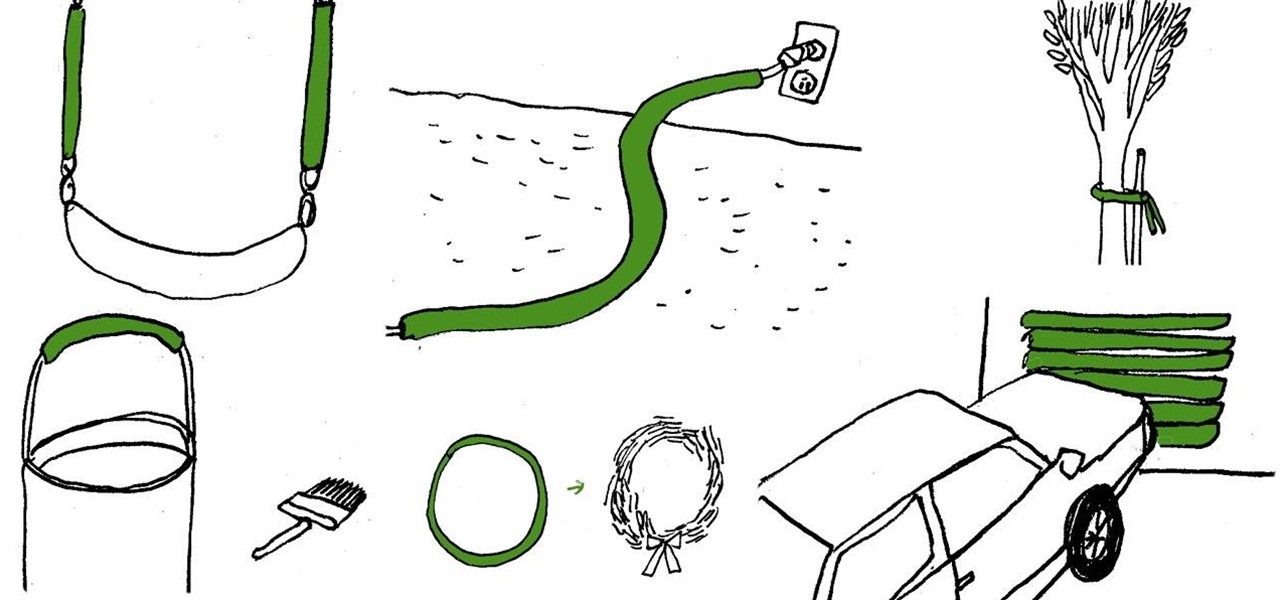
Gardening hose starting to leak? Don't throw it out just yet. Cut it up into smaller lengths and slice it open to use the hose as a protective barrier for outdoor electrical cords, or as added grip on a metal paint can handle.

Is your epic snoring ruining your bed partner's sleep at night? The next time you go to bed, consider taping or sewing a tennis ball on the middle of the back of your nightgown or pajamas. Sleeping on the side instead of your back is one effective way to ensure a snore-free night.
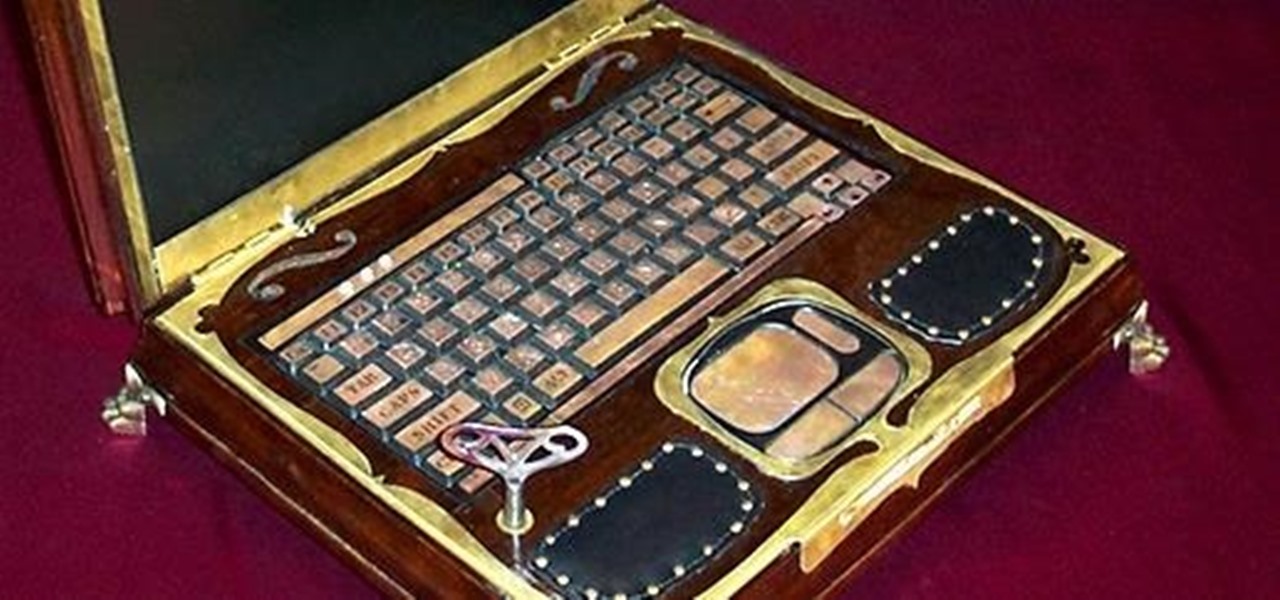
So I have been wondering this for a while now. What exactly is steampunk? I know a little bit about it but I feel as thought the internet definitions can only give so much information. What do you guys think? Is steampunk a lifestyle? A fiction base? A for of a art? I think that steampunk has way more potential than people think. Share your ideas on what you think steampunk is and what you would like to see be done with it!
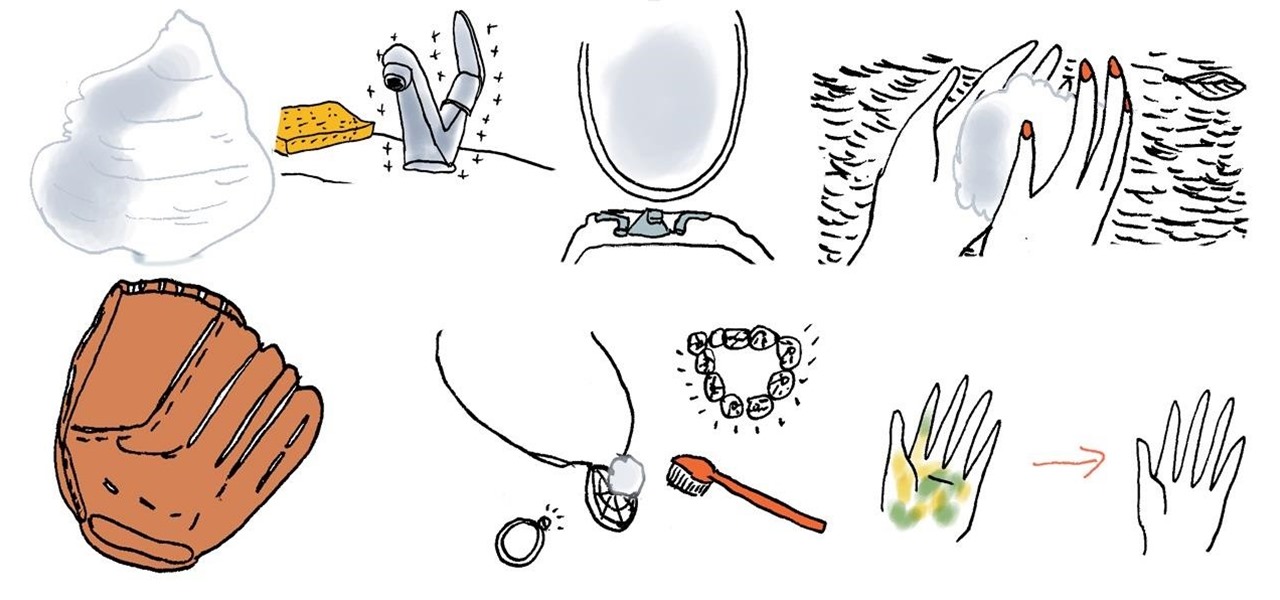
If you want to prevent your bathroom mirror from fogging up in the morning, simply rub shaving cream all over the surface before hopping into the shower.
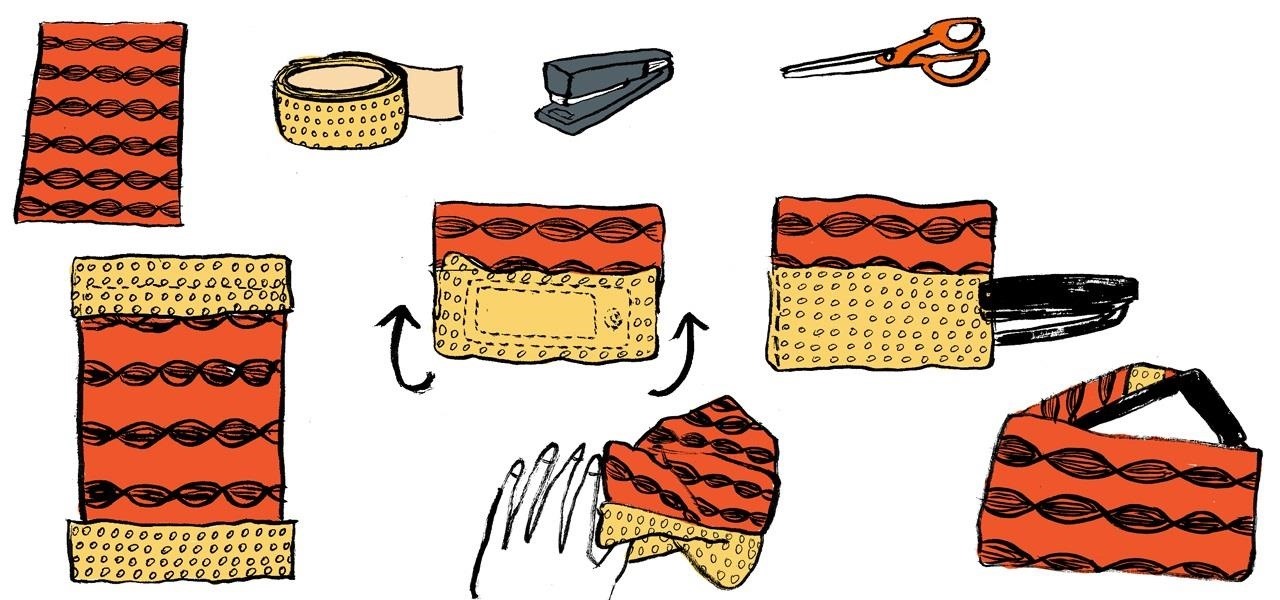
Whether you use an iPhone, BlackBerry, or Android smartphone, it definitely doesn't deserve to get scratched up by car keys or other sharp objects that may be in your pocket or handbag. If you're too cheap to invest in a protective phone case, how about making your very own of duct tape and staplers?

If you can't stand the idea of tying a birthday present with a wrinkled piece of ribbon, all you need is a slightly warm light bulb that hasn't been lit for more than five minutes. Simply run the length of the wrinkled ribbon across the top of the warm light bulb until the wrinkles go away, saving you the time of finding your iron and ironing board.
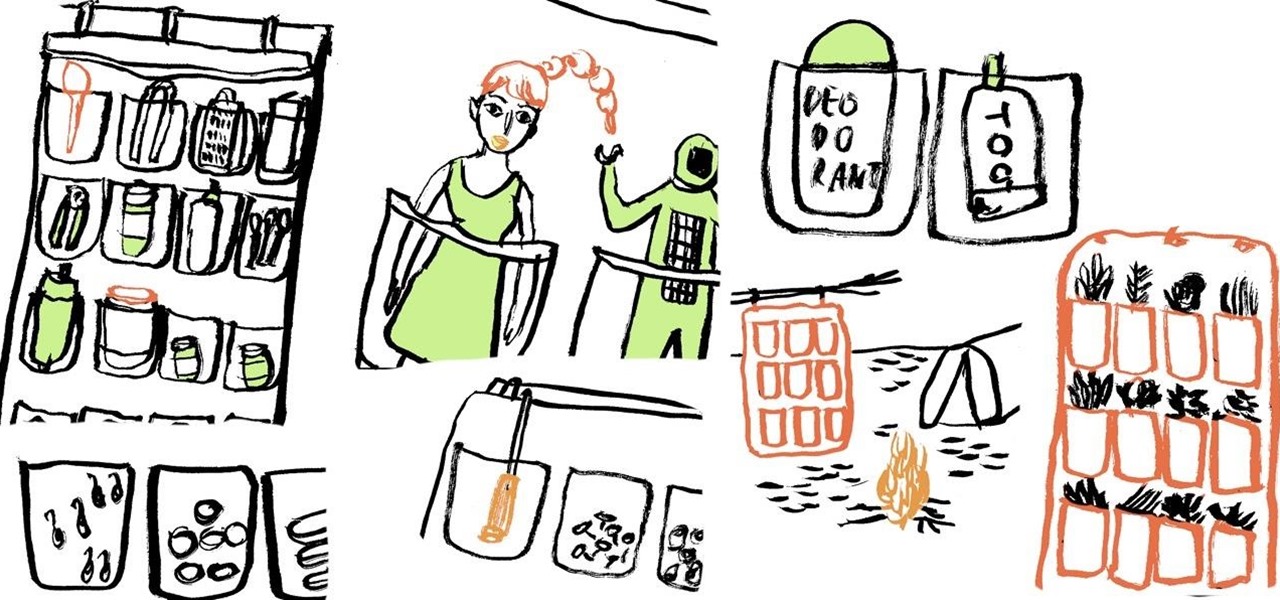
If you don't have enough shoes to justify an over-the-door shoe organizer, you can still buy them for your home because they can pretty much organize anything that is small and can fit in a pocket.

Commonly used for washing and scrubbing dirty dishes, the ubiquitous kitchen sponge can also be used to sprout seeds, loosen wallpaper, remove oil leaks, deodorize your fridge, and more.
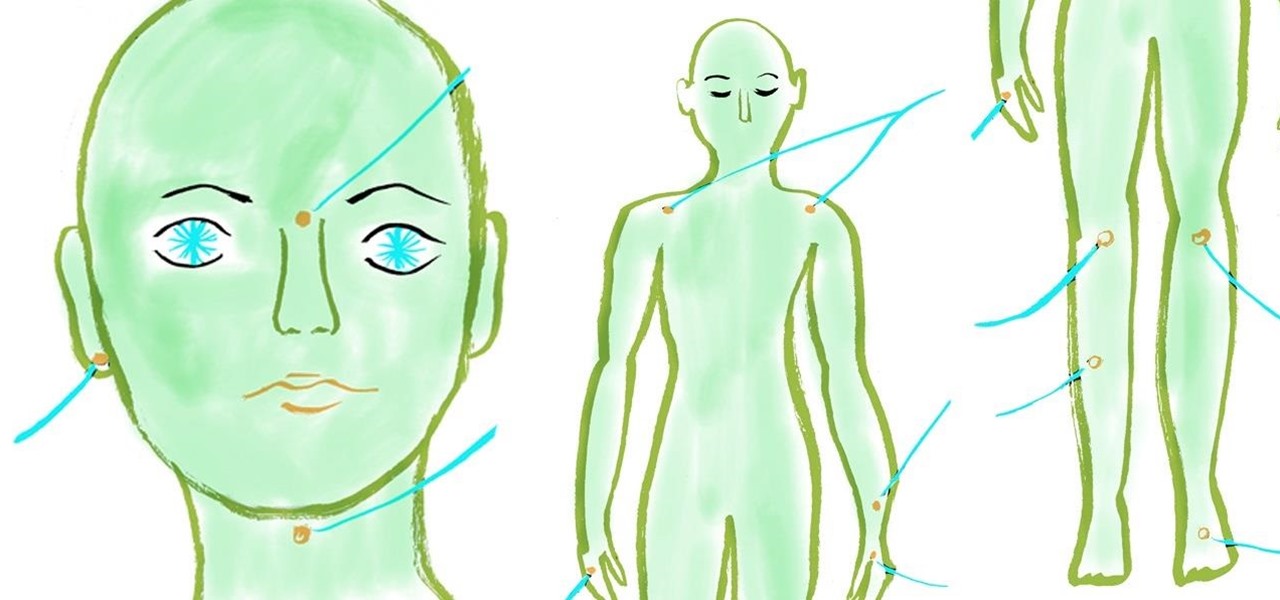
The next time you're feeling tired and stressed out, pull down on your earlobes firmly for a few seconds, or apply firm pressure to the indentation on your nose bridge between your eyebrows using your thumb for several minutes while breathing deeply. Sometimes a little acupressure is all you need to give an extra lift to your mental and physical health.
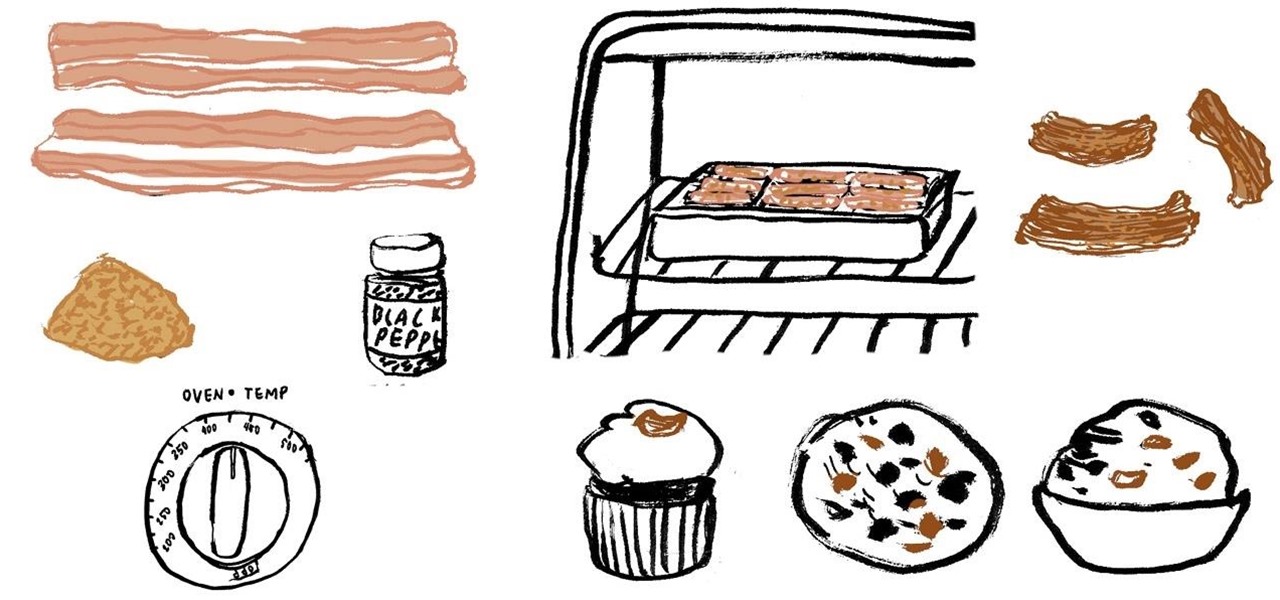
If eating bacon for breakfast, lunch, and dinner isn't enough to satiate your love for rashers, then how about eating it for dessert too? It's what a true baconphiliac would do.
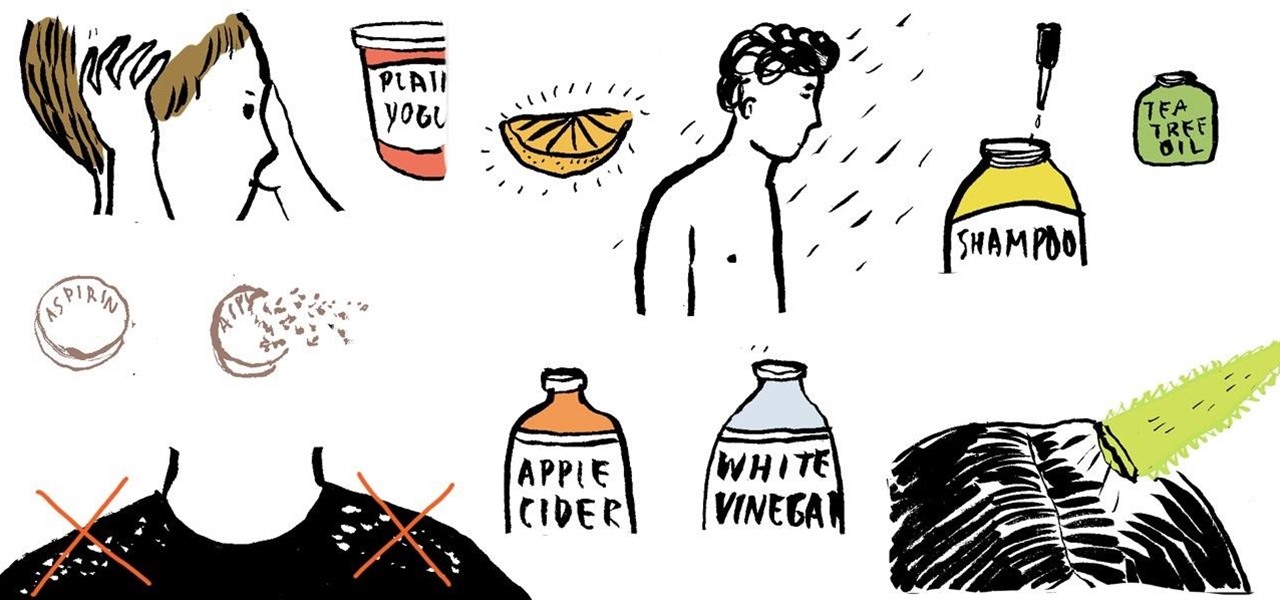
If your shoulders are starting to look like a white Christmas in the summertime, then you might have a chronic dandruff problem. Thankfully, there are numerous DIY home remedies at your disposal, which use cheap and common household products that are probably already in your kitchen or medicine cabinet.
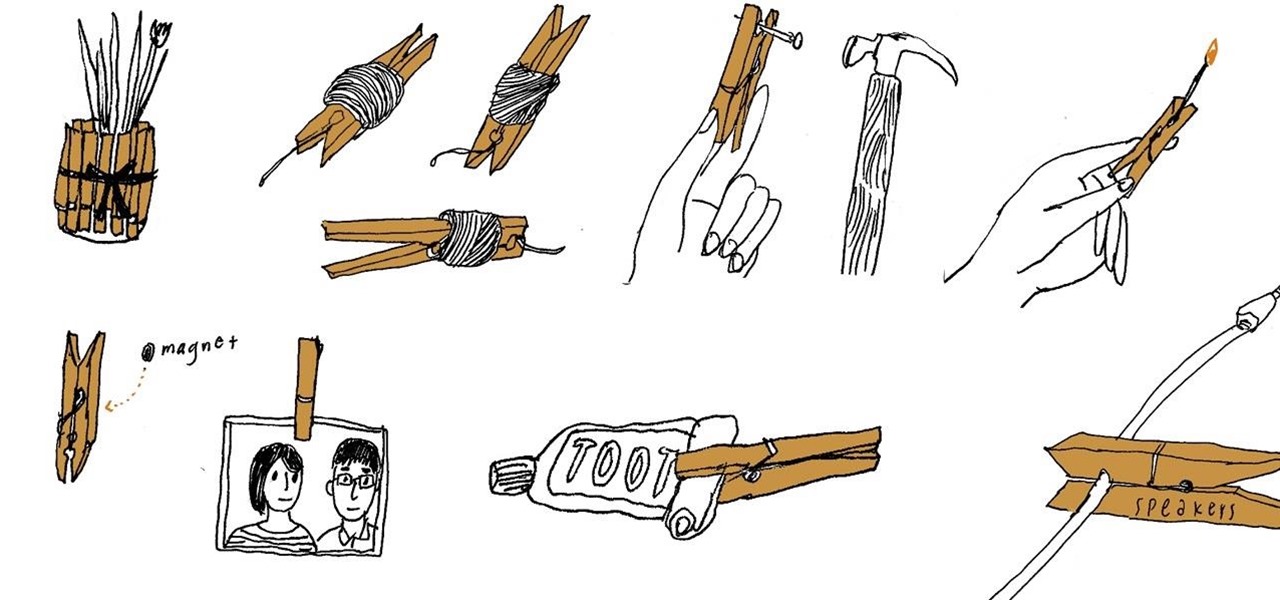
Originally invented by the Shaker community in the 1700s, clothespins are incredibly useful for hanging wet clothing on a clothesline, but also can be used to organize your cable cords, keep your pair of socks together, hold down the used end of your toothpaste tube, and decrease the possibility of you accidentally hammering your finger while pounding down on a nail.
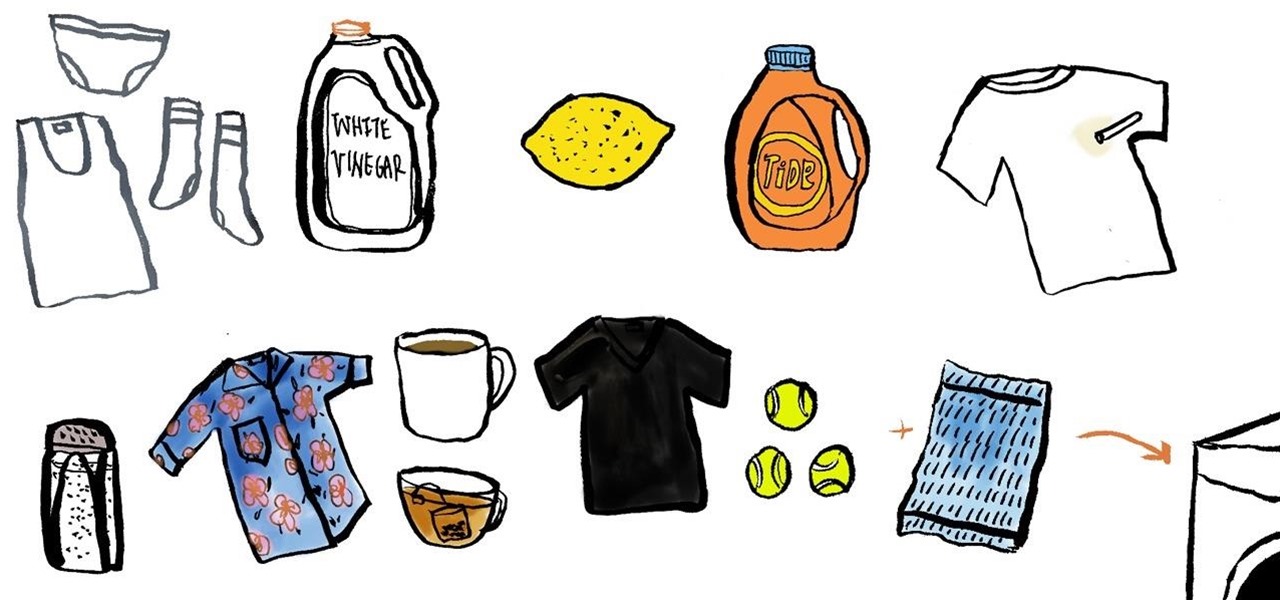
Is your favorite black T-shirt starting to look a little old? To restore a faded black fabric color to its former glory, add two cups of brewed coffee or black tea to your washer's rinse cycle.

In 1859, 22-year-old chemist Robert A. Chesebrough accidentally discovered petroleum jelly when he visited a working oil well in Titusville, Pennsylvania. Oil workers complained of a gooey substance referred to as "rod wax" which kept getting into the machinery and slowing them down. Chesebrough noticed that oil workers also smeared this same substance on their burn marks or dry skin to help speed the healing process.
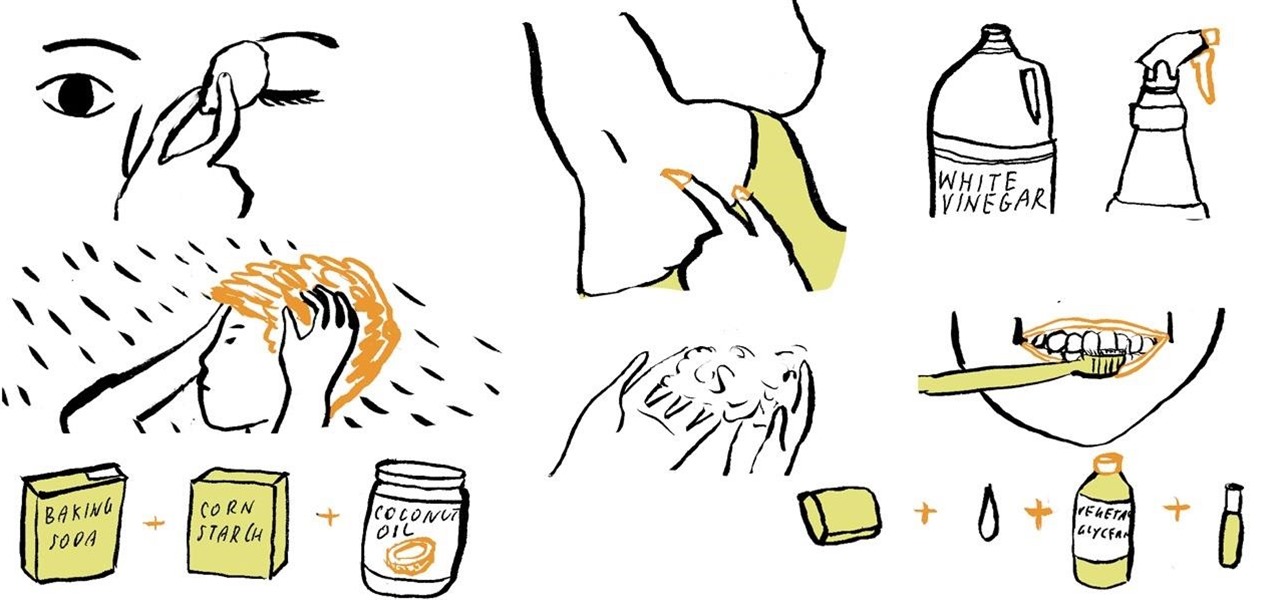
You just ran out of shampoo, but need to give your hair a quick wash. Use baking soda! You can make an emergency shampoo paste from 1 part baking soda, 3 parts water, then work the paste into your hair, allow to sit for a few minutes, and rinse out with warm water.
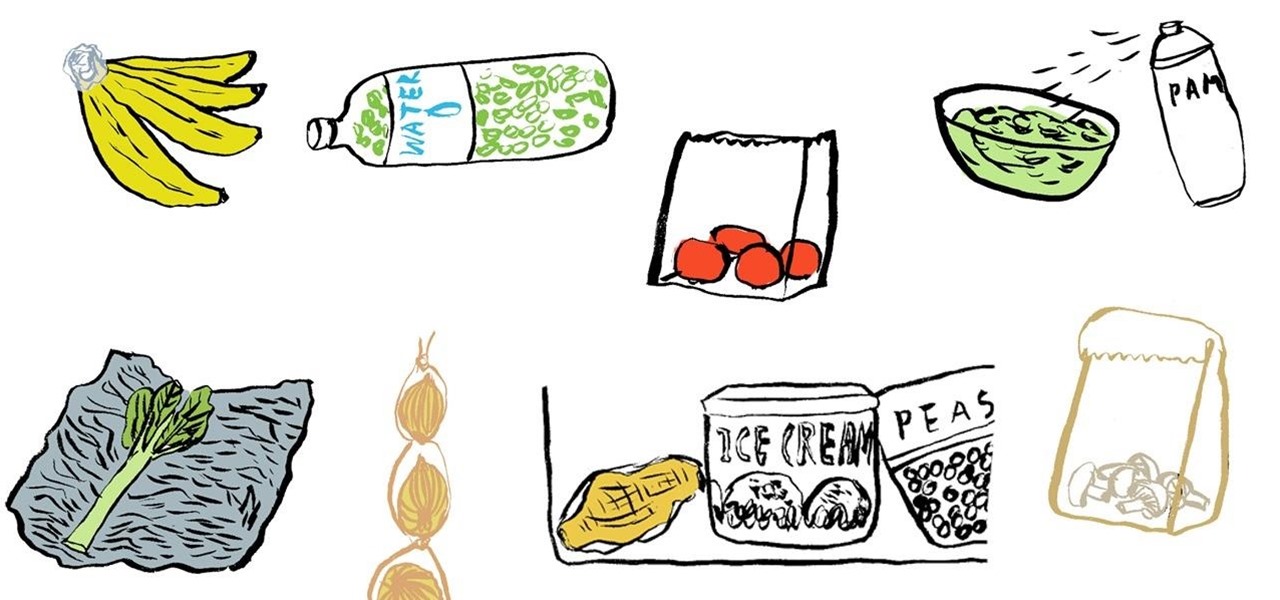
Each year, about 40% of all food produced in the United States goes uneaten and gets thrown away. Become a part of the solution and not the problem by practicing the following simple hacks to make your produce and perishables from the supermarket last for as long as possible.
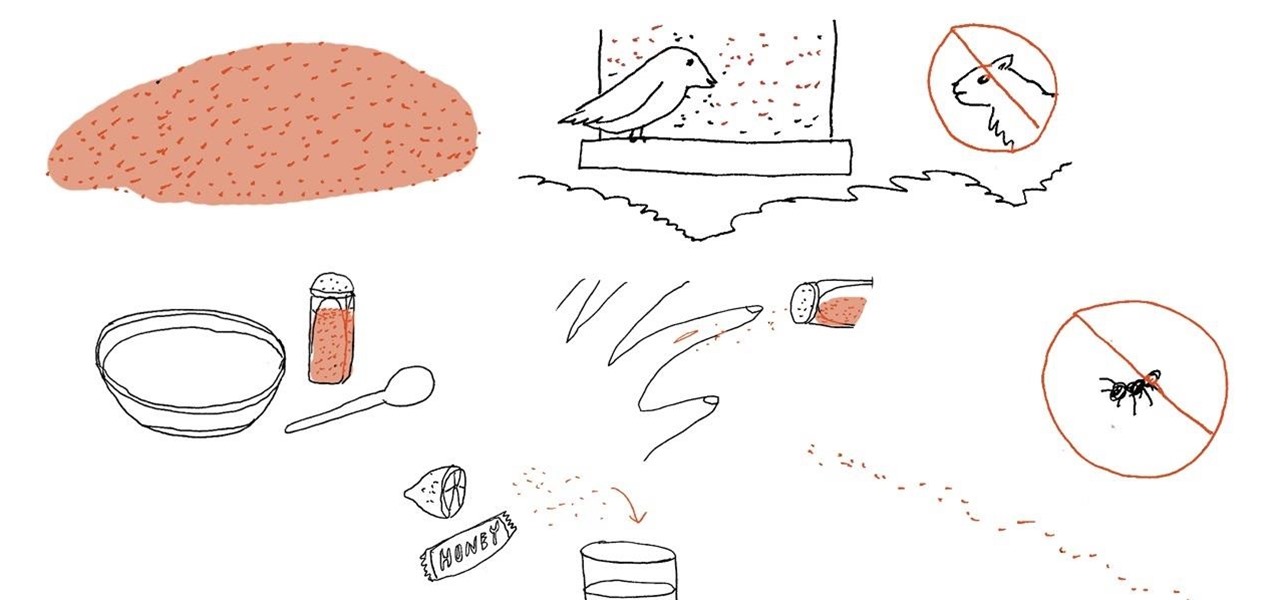
Cayenne peppers are great for spicing up your bland cooking, but did you know that they can also prevent frostbite? If you ever need to keep your feet warm during a long snow hike or skiing adventure, add a little bit of cayenne pepper powder to the bottom of your socks.

After you've completely emptied out your coffee can of its coffee beans, put your caffeinated high to good use by getting crafty and productive with the empty vessel that now lies before you.

What Is LCM? LCM is an acronym for "Least Common Multiple." LCM is the smallest number that is a multiple of two or more numbers.
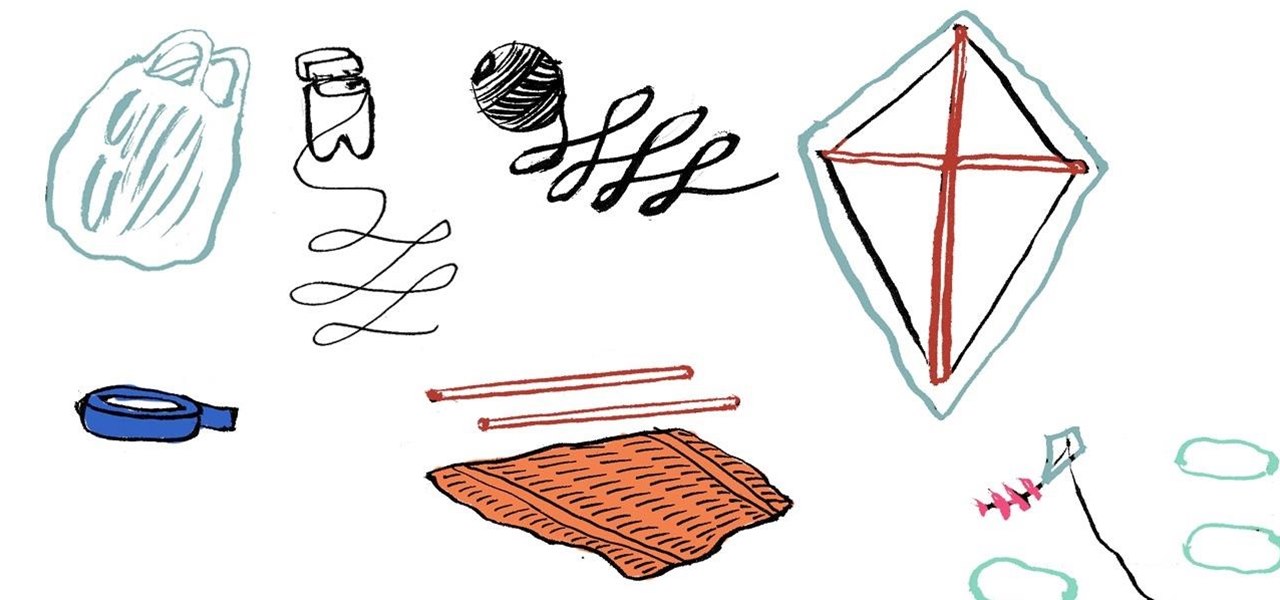
Where one sees plastic garbage bags, I see living creatures soaring high in the windy skies—and you can too. The choice is completely yours. But, wouldn't it be nice to spare one trash bag the indignity of holding waste?
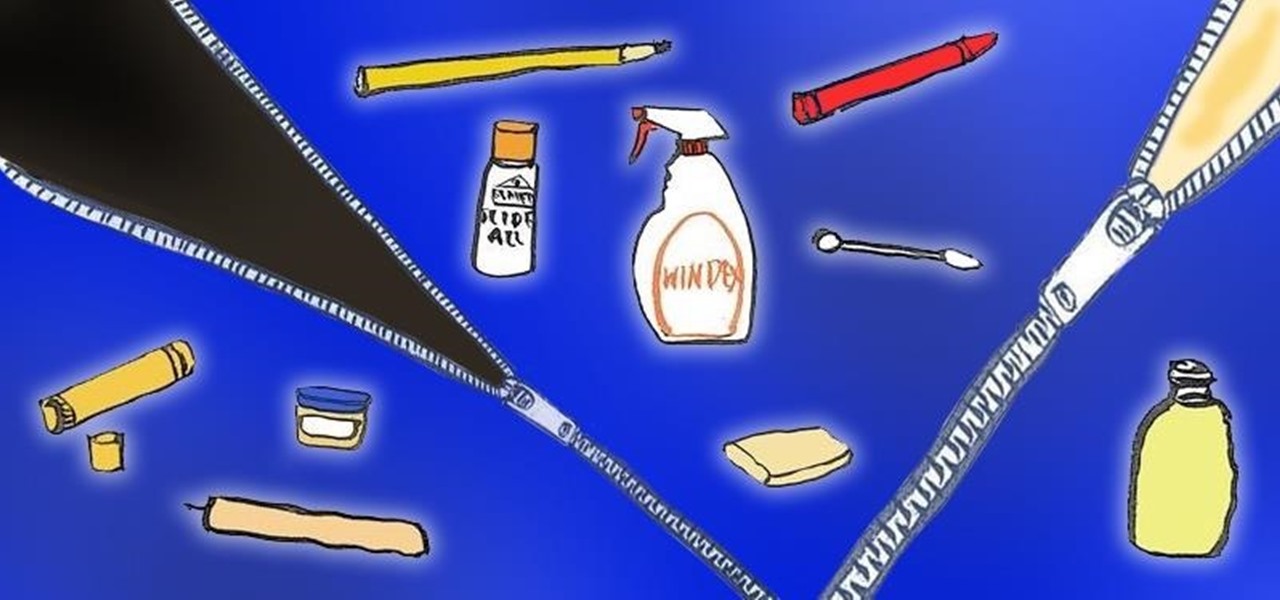
Sooner or later you're going to have to deal with a stuck zipper, whether it's on your favorite jacket, backpack, or pair of pants. Simply tugging hard on the zipper tab hardly ever works, but a few things lying around your house might do the trick.

Commonly associated with cleaning gunk out of your ears, cotton swabs, colloquially known under the brand name Q-tips, have a ton of other practical uses.

Add a little extra life to old books you'll probably never read again by transforming them into a sneaky secret book safe, an e-book reader case, a picture frame, or even a book planter for your indoor succulents.